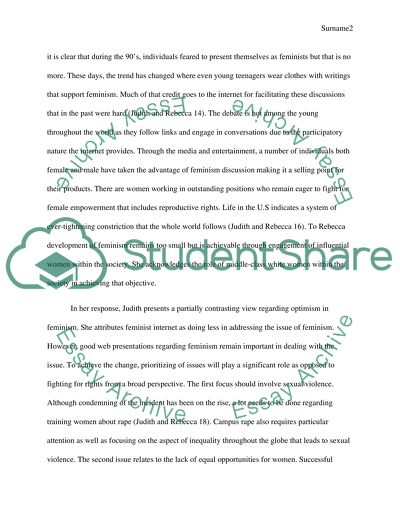Cite this document
(Visual Vintage and Feminism Literature review Example | Topics and Well Written Essays - 2000 words - 12, n.d.)
Visual Vintage and Feminism Literature review Example | Topics and Well Written Essays - 2000 words - 12. Retrieved from https://studentshare.org/gender-sexual-studies/1672282-essay
Visual Vintage and Feminism Literature review Example | Topics and Well Written Essays - 2000 words - 12. Retrieved from https://studentshare.org/gender-sexual-studies/1672282-essay
(Visual Vintage and Feminism Literature Review Example | Topics and Well Written Essays - 2000 Words - 12)
Visual Vintage and Feminism Literature Review Example | Topics and Well Written Essays - 2000 Words - 12. https://studentshare.org/gender-sexual-studies/1672282-essay.
Visual Vintage and Feminism Literature Review Example | Topics and Well Written Essays - 2000 Words - 12. https://studentshare.org/gender-sexual-studies/1672282-essay.
“Visual Vintage and Feminism Literature Review Example | Topics and Well Written Essays - 2000 Words - 12”, n.d. https://studentshare.org/gender-sexual-studies/1672282-essay.


